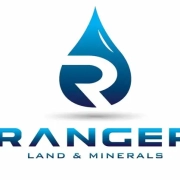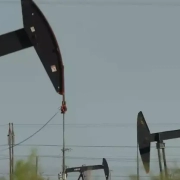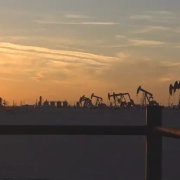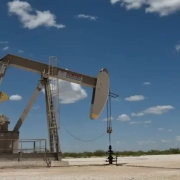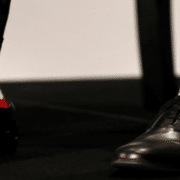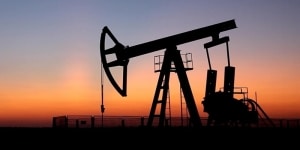Record oil and gas production
The production of oil and natural gas in the United States plays a crucial role in stabilizing prices for consumers. These commodities are traded on global markets, and their prices can be influenced by a myriad of factors, including geopolitical events and decisions made by stakeholders across the world.
In times of turmoil or disruption in the global oil market, such as supply disruptions or political tensions in major oil-producing regions, having a robust domestic production capacity helps mitigate the impact of these external shocks on American consumers. By reducing the reliance on foreign sources and increasing domestic output, the U.S. is better equipped to weather fluctuations in global oil prices, providing a sense of stability and security for consumers.
Particularly Evident
The significance of strong U.S. oil and gas production is particularly evident when considering the potential actions of “bad actors” in the global market. In an interconnected world where energy markets are highly sensitive to external events, the actions of rogue states or non-state actors can have profound consequences on oil prices and supply chains.
By bolstering domestic production, the U.S. can insulate itself to some extent from these external risks and maintain a degree of control over its energy security. This not only helps in ensuring a stable supply of energy for American households and businesses but also contributes to the country’s overall economic resilience in the face of global uncertainties.
Click here to read the full article
Source: Fremont Tribune
—
If you have any questions or thoughts about the topic, feel free to contact us here or leave a comment below.
If you have further questions related to the “Record oil and gas production” topic, feel free to reach out to us here.



